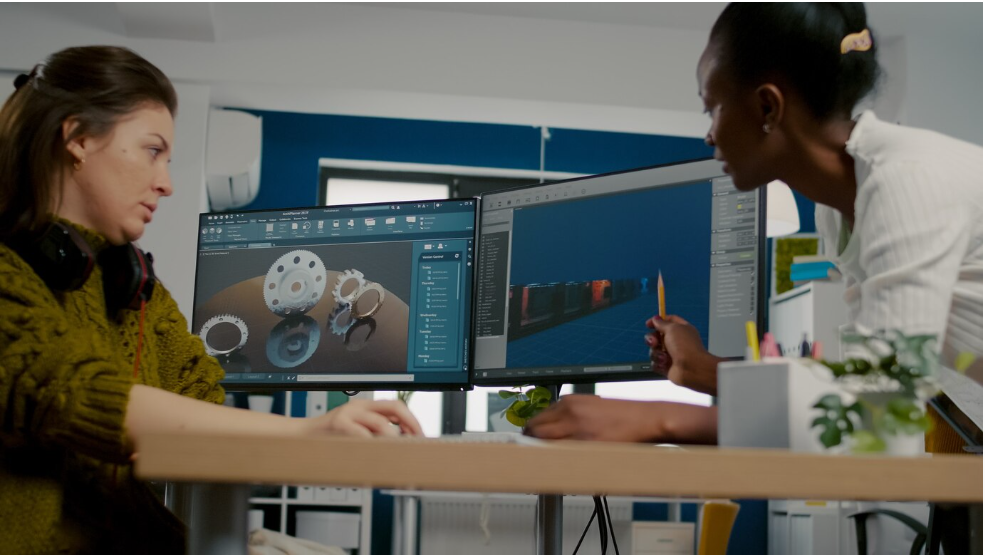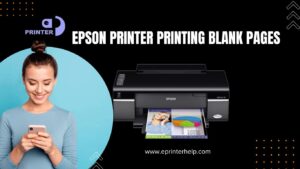Imagine you’re about to embark on a journey into the world of professional 3D animation services. Whether you’re a business looking to create a captivating product visualization or a filmmaker aiming to bring fantastical creatures to life, understanding the workflow of 3D animation is your first step toward success. In this guide, we’ll take you on a journey from concept to screen, unveiling the intricate process followed by professional 3D animation services providers.
Step 1: Conceptualization
The journey begins with a spark of creativity. Before the first polygon is modeled or the first frame is rendered, there’s an idea—an imaginative concept that sets the stage. Professional 3D animation services start with brainstorming sessions, mood boards, and storyboarding. Here, the vision is transformed into a tangible plan.
Step 2: Pre-Production
With the concept in place, it’s time to lay the groundwork. Pre-production involves:
- Scripting: If the animation includes dialogue or a narrative, a script is crafted.
- Character Design: Characters, if any, are designed with meticulous attention to detail.
- Storyboarding: A visual script is created, defining the sequence of scenes.
- Voice Casting: If required, voice actors are cast for characters.
- Concept Art: Concept artists breathe life into the visual style and aesthetics.
Step 3: Modeling
Now, the digital canvas comes to life. Modeling is the process of creating 3D objects and characters. This is where the digital sculptors and modelers craft every detail, from the curve of a smile to the intricate machinery of a spaceship. The models are like clay in the hands of a digital artist, meticulously sculpted to perfection.
Step 4: Texturing
Models alone are empty canvases. Texturing adds the colors, materials, and textures that make them feel real. Texture artists apply digital “skins” to the models, creating the appearance of skin, fabric, metal, or any material the scene demands.
Step 5: Rigging
Ever wondered how animated characters move so fluidly? Rigging is the answer. Rigging involves creating a digital skeleton for characters, complete with joints and controls. This allows animators to make characters walk, talk, and express emotions realistically.
Step 6: Animation
Here’s where the magic happens. Animators breathe life into the characters and objects. They pose, animate, and bring emotions to the characters. Every movement is carefully choreographed to fit the narrative and convey emotions effectively.
Step 7: Lighting and Rendering
Lighting sets the mood and atmosphere. Lighting artists add light sources, shadows, and effects to the scene. Once everything is in place, the scene is rendered. Rendering is the process of converting the 3D scene into 2D images or frames.
Step 8: Post-Production
Post-production is where the finishing touches are applied:
- Compositing: Individual elements, like characters and backgrounds, are combined into the final scene.
- Sound Design: Sound effects, music, and voiceovers are integrated to enhance the viewer’s experience.
- Editing: Scenes are edited together to create a cohesive narrative.
- Quality Control: The animation is reviewed for any errors or imperfections.
Step 9: Delivery
The finished animation is ready to meet its audience. It can be delivered in various formats, such as video files, interactive applications, or for use in virtual reality experiences.
Conclusion
Professional 3D animation services are a blend of artistry and technology, where imagination meets precision. This step-by-step workflow ensures that every detail is considered, from the initial concept to the final frame. It’s a journey filled with creativity, talent, and dedication, resulting in captivating animations that can tell stories, market products, and entertain audiences worldwide.
So, the next time you watch an animated movie, play a video game, or admire a product visualization, you’ll have a deeper appreciation for the meticulous work that goes on behind the scenes in the world of 3D animation services.














